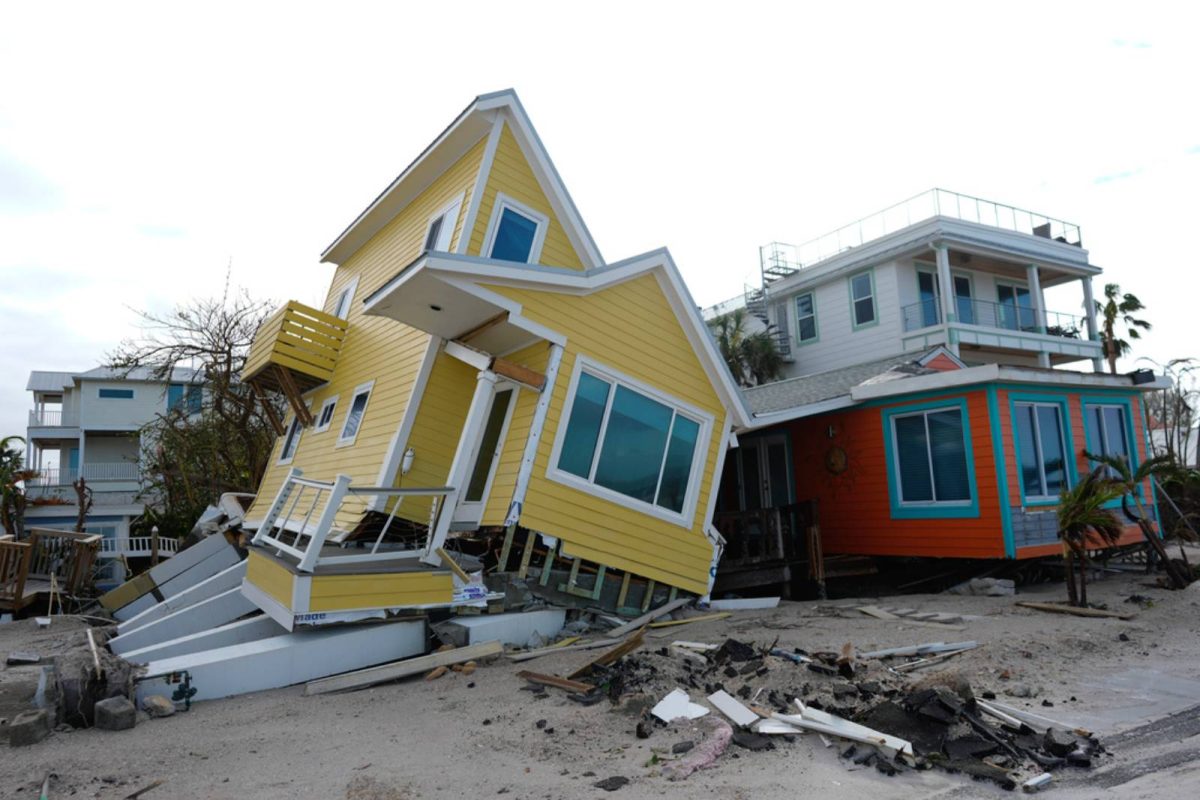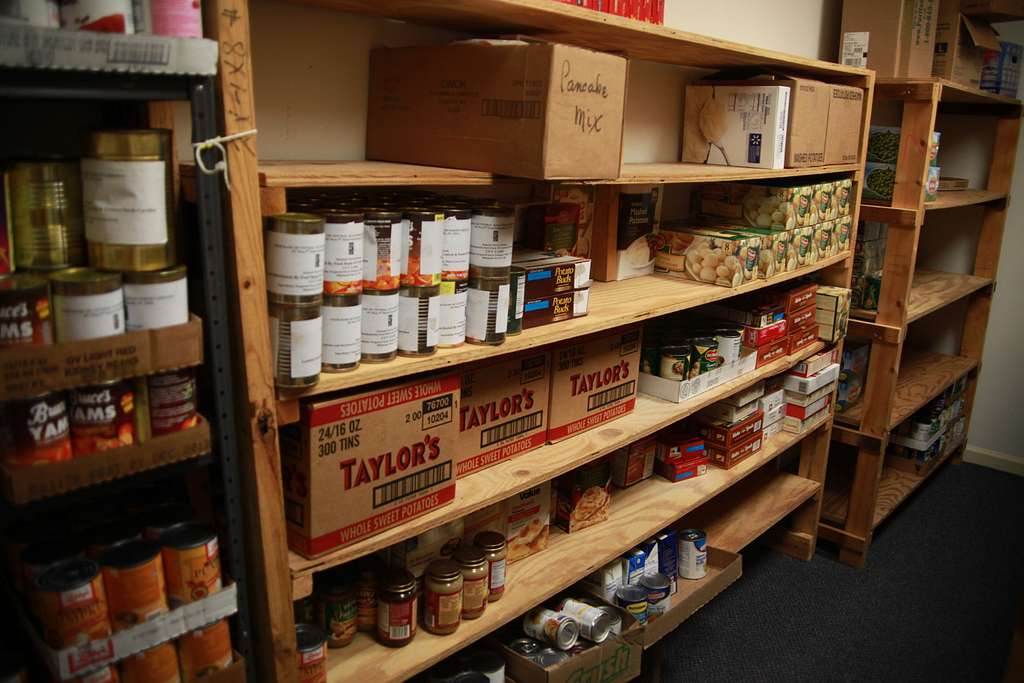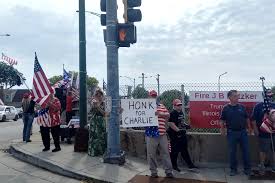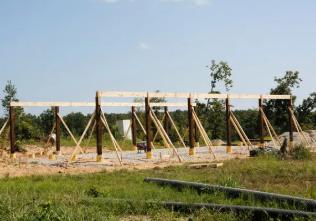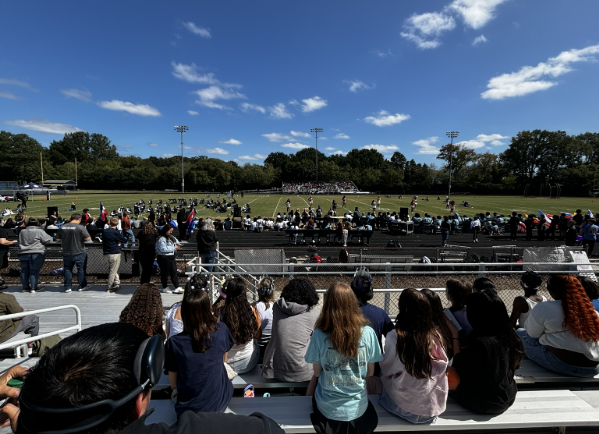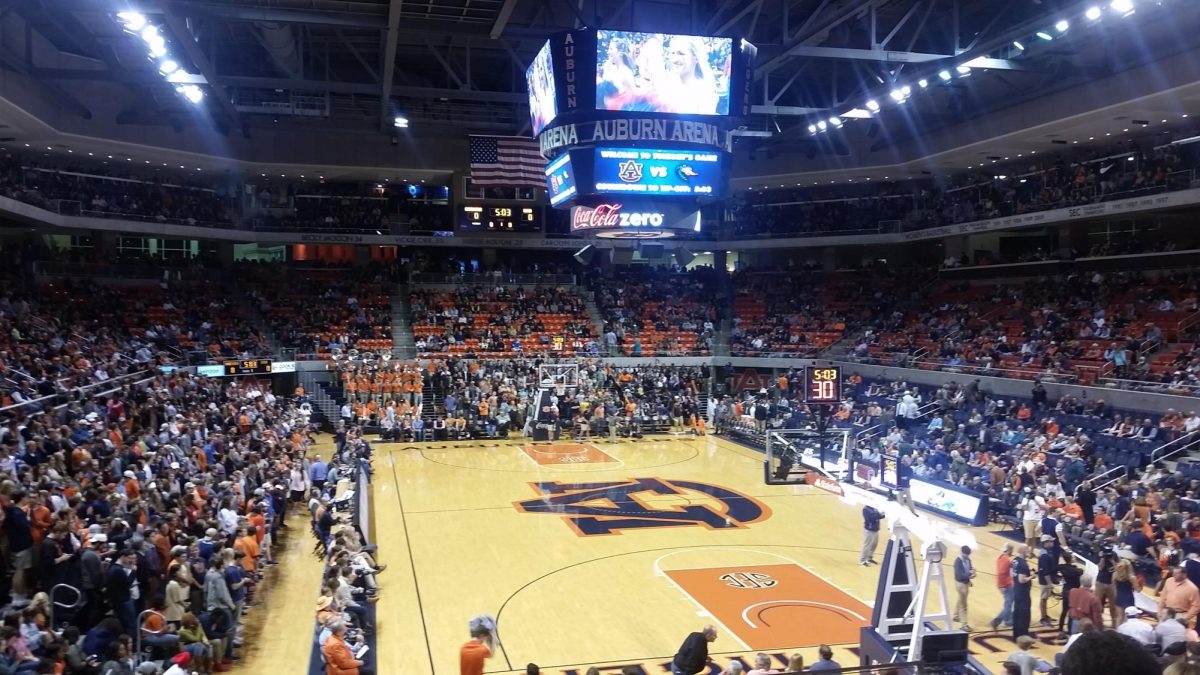On October 9, Hurricane Milton hit Florida as a category three, just weeks after Hurricane Helene had already wreaked havoc across the state. With the path of Milton suspected to run directly through Tampa and St. Petersburg, many residents throughout the gulf coast were relocated and issued mandatory evacuations.
The prep for Hurricane Milton all began earlier in the week, with lineman and the National Guard coming in from all over the United States. With residents frantically trying to evacuate, there became even more issues with the traffic that was being created all around Florida.
Another large reason many Floridians were scared was the arrival of meteorologist Joe Cantore. Cantore has created a reputation for himself that he only visits the worst hurricanes in the U.S. Similar to Glen Powell in the movie “Twisters”, Cantore is the “wrangler” of hurricanes. Cantore told the weather channel, “This is a dangerous storm. It will be a historic storm and potentially the second storm in a row retired here in the United States.”
From the weather side of the hurricane, Milton was shown to be the second-most intense Atlantic hurricane that was ever recorded in the Gulf of Mexico. This intensity mainly came from record high temperatures that were present in the Gulf. With winds up to 175 miles per hour, the storm was growing larger and more destructive by the second.
The thing that was different about Hurricane Milton from other hurricanes in the U.S. is the path it traveled. Most hurricanes that approach the United States start from Africa’s west coast. As tropical storms move across the Atlantic, winds and water rise as the temperatures increase in the caribbean. While this is the normal hurricane path, Milton chose to take an alternative route.
The hurricane first formed from the remnants of a tropical storm in the Pacific Ocean. This storm went East until it hit a stalled front in the Gulf. A stalled front, also known as a stationary front is a jam of air where one can’t move around the other so the air sits. When the tropical storm hit this, the air allowed for the storm to increase temperature and pressure which built Milton up to the level it became.
While predicted to hit land at a category five, Milton thankfully only hit as a category three. This was due to a reverse storm surge which drove water back out to the ocean, away from the mainland. Even though it was much less damage than expected, there were still significant things that occurred around Florida due to Milton. During a briefing of the damage Florida Governor Ron Desantis said, “The storm was significant, but thankfully was not the worst case scenario.”
Across Florida, there were 25 deaths related to the hurricane. These occurred from flooding, tornadoes, electrical explosions and homes being crushed. These tornadoes sprung up around Florida, causing more destruction and deaths than the hurricane itself. There were a total of 38 tornadoes that spread out across the state.
One of the main damages that hurt not only Floridians, but a lot of the U.S. was the destruction to Tropicana Stadium. Home to the Tampa Bay Rays, many people have memories watching games in the stadium or cheering for the teams they love within it. While the stadium was supposed to be a place for lineman and the National Guard to stay for post hurricane help, that plan quickly changed after the roof was ripped out. This left beds and shelter limited for these helpers from other states.
Along the barrier islands of Florida, the main view that can be seen is metal, standing water and sand. With damage from Hurricane Helene already leaving behind mud and destroyed homes, it was hard for these islands to recover for Milton’s round two.
The recovery efforts have been numerous to help rebuild the beloved towns across Florida that many know. The White House continues to have personnel that are helping find people and clean up the streets and homes. There have also been a total of 2.8 million meals sent out across Florida to help with struggling families.
While Milton wasn’t as destructive as originally thought, it was still destructive enough to harm Floridians and their beloved towns.


